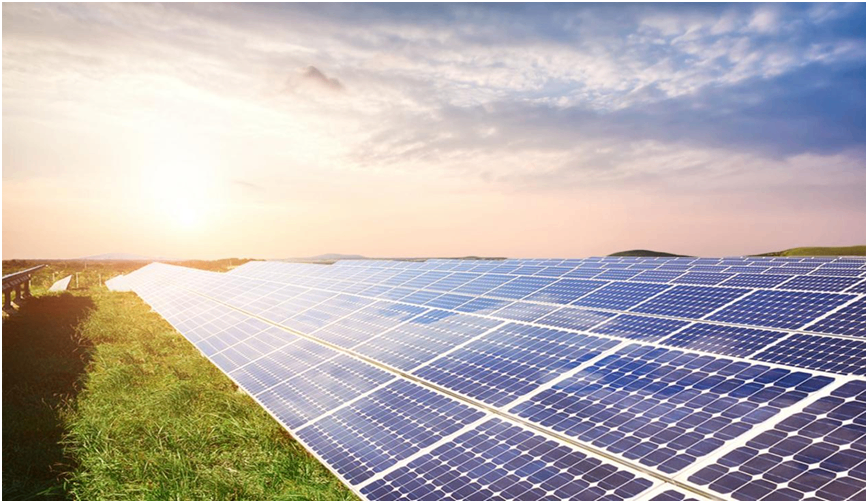The U.S. International Trade Commission (USITC) has ruled that the domestic U.S. solar module industry faces material injury or threat of injury due to imports of crystalline silicon solar cells (whether or not assembled into modules) from Cambodia, Malaysia, Thailand, and Vietnam.
Commission Chair Amy A. Karpel, Commissioners David S. Johanson, and Jason E. Kearns voted in favor of the ruling. Based on this conclusion, the U.S. Department of Commerce will initiate procedures to impose countervailing duties (CVD) and anti-dumping duties (ADD) on related solar products from the four countries.
Image Source:699pic.com
According to the currently announced tariff standards, Cambodia faces a solar tariff rate as high as 3,521% (due to non-cooperation by some enterprises with the investigation), Vietnam 396%, Thailand 375%, and Malaysia 34%. These tariffs will be officially imposed starting in June. The Commission also noted that no "emergency situation" exists for Vietnamese imports, while Thailand—due to being classified only as a "threat of injury"—will not undergo an emergency situation assessment.
This ruling concludes a year-long investigation triggered by a petition from the U.S. Solar Manufacturing Trade Coalition, which includes companies such as Convalt Energy and First Solar. These firms accused Southeast Asian countries of dumping low-cost solar modules in the U.S. market, allegedly supported by Chinese industrial policies.
The U.S. Solar Manufacturers Coalition supported the ruling. Coalition Executive Director Michael Carr stated that this marks the third official confirmation of Chinese-funded enterprises violating U.S. trade regulations, helping to curb their impact on U.S. manufacturing. However, he warned that if Congress retroactively repeals domestic product tax incentives, U.S. solar factories might face closure before full-scale production, rendering related protectionist measures meaningless.
Project developers, however, warned that solar tariffs could raise equipment costs and delay U.S. clean energy projects—the four countries exported $13 billion worth of solar panels to the U.S. last year. The U.S. Solar Manufacturers Coalition countered that labor costs, grid connection delays, and financing issues impact project costs far more than module prices, claiming that "equipment costs have significantly decreased as a proportion of total costs," and predicting that U.S. domestic production capacity will meet national demand by 2026.
Previously, the U.S. Department of Commerce had determined that these products were sold below fair value and subject to government subsidies, with Malaysia and Vietnam confirmed to have provided subsidies, while Cambodia and Thailand were deemed potential threats. In April, the Department of Commerce issued final ADD and CVD determinations for crystalline silicon photovoltaic products from the four countries, with the USITC ruling now providing the legal basis for subsequent solar tariff measures. Detailed reports will be published on the USITC website by June 30, 2025, and the public can track case progress and document details through the agency’s Investigation Database System (IDS).
The ruling exacerbates contradictions in U.S. policy: House Republicans are pushing to cut federal climate subsidies, while developers must contend with uncertainty over potential tariffs on other imported modules in the future. The current U.S. government’s decisions signal a willingness to bear short-term cost pressures to accelerate the construction of a domestic solar supply chain—the effectiveness of this industrial strategy will unfold through specific projects in the coming years.



